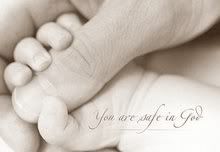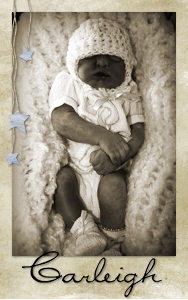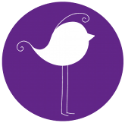This is from the Duke website:
What is Anencephaly?
Anencephaly is one of the most severe forms of a neural tube defect (NTD) and is typically not compatible with life. The neural tube is the developing structure that becomes the brain, skull and spine. NTDs in general are one of the most common birth defects, occurring in approximately 1 in 1,000 live births in the United States. Anencephaly occurs when the top, or cephalic portion, of the neural tube does not close properly during fetal development. This results in a partial or complete absence of the brain and skull. Currently, there is no cure or treatment for anencephaly and the cause is not known. It is strongly suspected that anencephaly and other NTDs are due to a combination of multiple genetic and environmental factors.
Duke CHG Research on Anencephaly and other NTDs
The Duke Center for Human Genetics is currently conducting a genetic study called "The Hereditary Basis of Neural Tube Defects" to determine the causes of anencephaly and other NTDs. By studying families with anencephaly and other NTDs, we hope to identify the genes that contribute to the development of the neural tube. We hope this research will eventually lead to more accurate genetic counseling and risk assessment, improved treatments, better prevention methods, and possibly, a cure.
Study Participation Details
The Duke Center for Human Genetics is recruiting families in which a current pregnancy or newborn baby has been diagnosed with anencephaly. Participation in the study will in no way affect a mother or baby's health or a family's decision-making process. Participation is completely voluntary and free and does not require travel to Duke University Medical Center. Participation involves the following:
- Speaking with a Duke NTD research team member by phone to discuss the study and complete a family medical, pregnancy and environmental history interview.
- Providing a DNA sample from the pregnancy or newborn that has been diagnosed with anencephaly. This can be coordinated with a woman's obstetrician, genetic counselor or neonatologist in a way that is complementary to the care that the mother, pregnancy or newborn are receiving.
- Providing blood samples for DNA research from parents and siblings when possible.
- Giving permission to the research team to review medical records pertaining to anencephaly or other NTDs.
If your family is interested in learning more about this NTD research or in participating, please contact us via one of the following methods:
Phone: (toll free) (866) DUKE-NTD (385-3683)
Phone: (919) 684-0767
E-mail: ntd@chg.duhs.duke.edu
Heidi went further into depth about what would be needed in the email and to contact her if we were interested. So the other day I called her but I didn't get anyone so I left a message. Later in the day she called me back and we talked about the study. Before we can enroll in the study Anthony and I need to read over and sign consent forms. Once we mail those in and they receive them then we are "official". We would need to get a DNA sample from Carleigh, which can either be from the cord blood or a skin biopsy sample. They would also need blood samples from Anthony and I. We can do that though when we go in to have Carleigh. They will send us a kit in the mail that would contain everything we would need to get all collections of samples. Someone would call me at some point for a telephone interview to review my pregnancy and any family medical history. They would also review the medical records of my pregnancy with Carleigh. Once Carleigh is born we will also have to take a couple photos of her so that they can see the degree of her anencephaly. So Heidi is sending me everything in the mail. Anthony wasn't too thrilled about getting poked with a needle but I told him to quit being a baby about it and that he'll be fine. This is a good thing to do. Hopefully over time they can find out some valuable information about anencephaly. Heidi did say that over 200 families have participated in the study. They also study other neural tube defects too. I imagine we will do this so I will have to update our birth plan to include what needs to be done for the study.



























2 comments:
Wow, that's really cool of you.
I am one of the finalists from Seriously So Blessed. Our daughter Lilly was born with a condition called holoprosencephaly. I was told that not only would she stand a 1% chance to make it through birth alive, but that she would not be able to see, hear, feel pain and more. Well guess what, she had PERFECT hearing, sight (very rarely do I see a newborn baby be able to focus and stare at people/objects but my sweet little girl could!) She cried after her seizures, she cried when she had a wet diaper. To me, there is so much more to the body than the physical aspect. Their spirits are also very strong! Hang in there. What you are doing is amazing! I would not trade my time with Lilly for anything!
heart hugs,
Emily
Post a Comment
Do not let any unwholesome talk come out of your mouths, but only what is helpful for building others up according to their needs, that it may benefit those who listen. Ephesians 4:29
Thank you for leaving a comment! I love receiving them and I read each and every one!
Note: Only a member of this blog may post a comment.